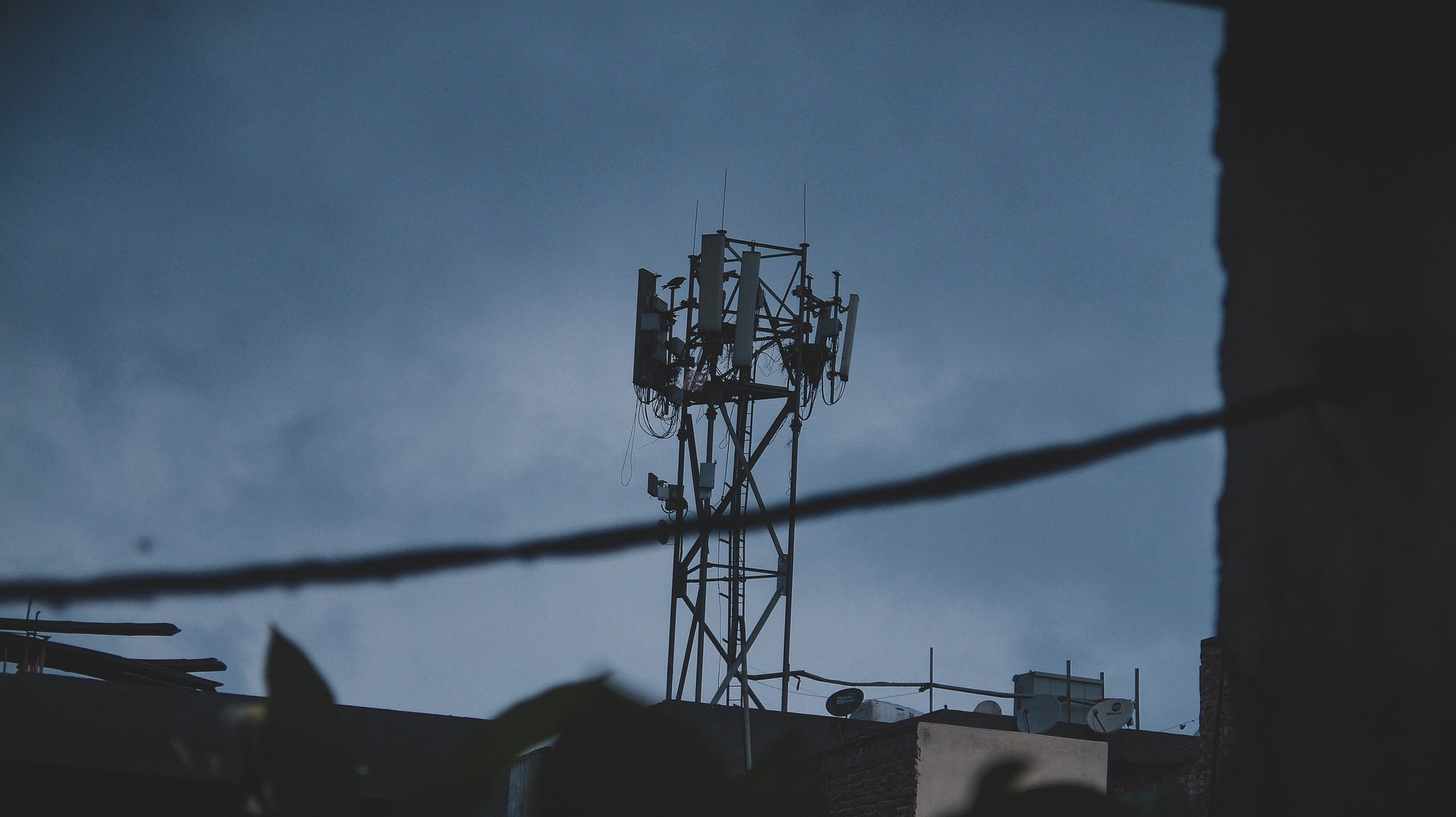How do Seasonal Changes Affect Antenna Performance?
January 2023Winter is officially in season! With its onset comes harsher weather conditions and colder temperatures. In this post, we explore how the changing seasons affect antenna performance
The Earth’s position around the sun momentarily affects satellite reception.
Solar satellite interference, or a “sun outage,” is an interruption in satellite signals caused by interference from solar radiation. The interference occurs when the sun is in direct line with a communication satellite and the sun’s radiation overwhelms the satellite signal. A sun outage usually occurs twice a year: in the Northern Hemisphere, it happens before the March equinox and after the September equinox, whereas in the Southern Hemisphere, it occurs after the March equinox and before the September equinox.
Precipitation and moisture affect how well an antenna can transmit and receive signals.
You may remember that back when television antennas were common in households that in a storm or a blizzard, your TV reception worsened. That’s because rain and snow scatter radio signals. The harder it rains or snows, the more scattered the signals. Higher frequencies (shorter wavelengths) are more susceptible to scattering than lower frequencies. Thus, the phenomenon affects UHF, as well as the higher channels of VHF, more than other frequency bands. Also, because a raindrop is denser than a snowflake, rain will scatter signals more than snow will.
Hotter weather generally won’t affect an antenna in and of itself, but humidity can.
As with rain and snow, heavy amounts of moisture, such as high humidity or fog, can also weaken signals. Because colder air will generally be more still than warmer air, colder temperatures may also mean less interference. Broadcast signals can skip along the cold air and travel much faster than they would in warm air. “Skip weather” conditions are ideal for certain types of antenna communications, such as ham radio.

Because more extreme temperature variation has an effect on certain materials, it can affect the antenna’s physical state, as well as its performance.
While a hotter day generally won’t be an issue, we have to specify that temperatures hotter than atmospheric may still affect the antenna. Consider the basics. For example, metals expand with heat and contract when cold. Antennas will often have various components that contain smaller pieces of metal. A well-designed antenna is functional in hot and cold environmental conditions. Also, some antennas also have magnetic components, which loose their strength the hotter they become.
In short, weather conditions will affect an antenna in some capacity, whether they are indoors or outdoors.
This is why it’s imperative that antennas are properly qualified for use in their intended application, but especially if it will be exposed to the elements. As an AS9100D certified company, JEM Engineering specializes in antennas for airborne and space-based applications. This means that we supply the aerospace and defense industries with antenna systems that can withstand harsh weather conditions.
Furthermore, as part of our antenna development services, our customers get the added benefit of working with the same testing partners who help us determine how well our antennas handle shock and vibration, dust and wind, as well as extreme temperatures and temperature changes.
Latest Posts

10 Factors that Affect Antenna Performance
We get a lot of inquiries regarding antenna performance in various settings, one of them being, “how far will the antenna propagate?” In this post, we describe some of the many factors that affect antenna performance.

Hedy Lamarr: The Hollywood Actress Who Changed Wireless Technology
This Women’s History Month, we wanted to highlight the life and career of Hedy Lamarr, a famous Hollywood star whose lesser-known achievements include essentially laying the foundations for the spectrum-hopping technology we know today as WiFi.
